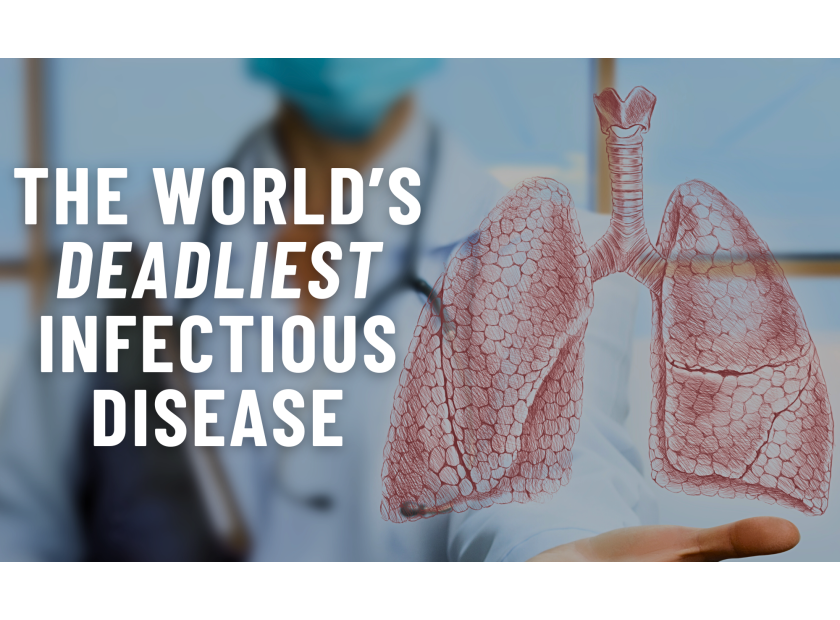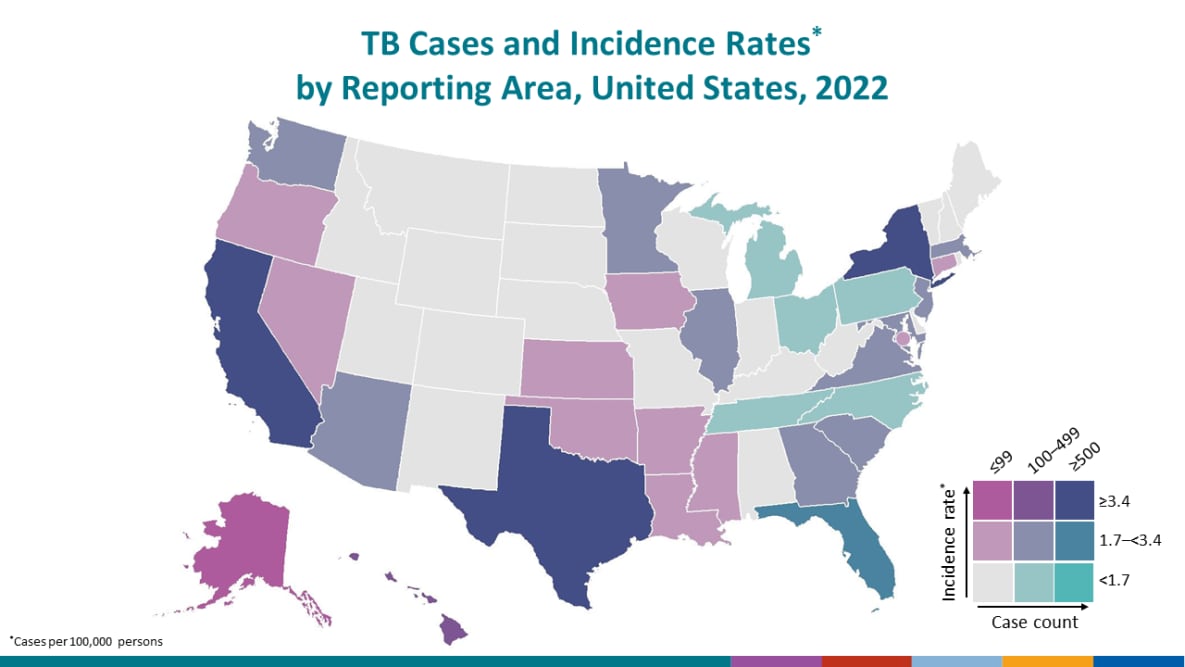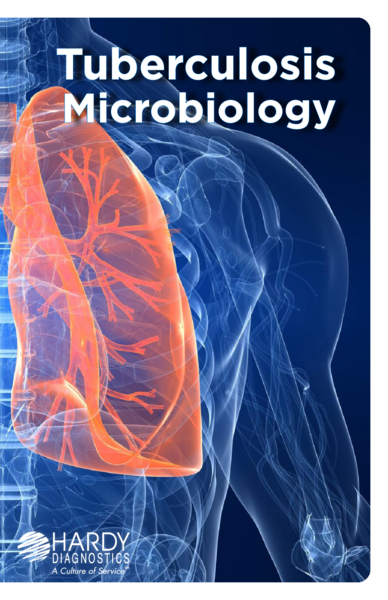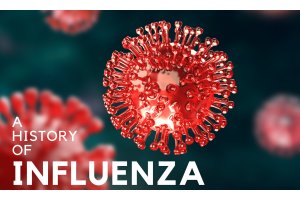Tuberculosis: Still the Deadliest Infectious Disease in the World
Evidence of the tuberculosis-causing Mycobacterium tuberculosis was first reported in human remains thousands of years ago, though it is estimated that tuberculosis (TB) may have been around as long as 3 million years. Fragments of the spinal column from Egyptian mummies from 2400 BCE showed signs of tuberculosis. In ancient Greece, TB was called “phthisis”. Around 460 BCE, Hippocrates identified phthisis as the most widespread disease of the times, and noted that it was almost always fatal. Hundreds of years later, in 1882, Robert Koch discovered a staining technique that enabled him to see TB. [1] During that time, TB killed one out of every seven people living in the United States and Europe. Dr. Koch’s discovery was the most important step taken toward the control and elimination of this deadly disease.
For a human pathogen with no known environmental reservoir, Mycobacterium tuberculosis has honed the art of survival and has persisted in human communities from antiquity through modern times. [2]
Mycobacterium tuberculosis complex (MTBC) is a group of closely related rod-shaped, non-motile, slow-growing, acid-fast bacteria, which includes M. bovis and M. hominis, the most common cause of human tuberculosis (TB). TB transmission occurs when a patient with a contagious form of the infection coughs, spreading the bacilli to its next host through the air. People can even acquire bovine TB (caused by M. bovis) by consuming unpasteurized dairy products from infected cattle. [3]
Tuberculosis is a preventable and treatable infectious disease. Having said that, it is still one of the major contributors to morbidity and mortality in developing countries where there is less-than-adequate access to care.
During a May, 2024 interview with The Atlanta Journal-Constitution, Lisa George, a spokesperson for the Centers for Disease Control, said, “TB is the world’s deadliest infectious disease, briefly eclipsed by COVID-19. However, TB has reclaimed this top position as the pandemic has subsided.” [4]
Tuberculosis is a disease caused by bacteria that are spread from person to person through the air when someone coughs or sneezes or even just through talking. TB usually affects the lungs, but it can also affect other parts of the body, such as the brain, the kidneys, or the spine, according to the CDC.

Though the U.S. has one of the world’s lowest rates of TB, cases jumped 16% from 2022 to 2023, reaching 9,615 around the nation (2.9 cases per 100,000 persons) the CDC reported in March. TB rates had fallen in the U.S. year-over-year for 27 years prior.
Foreign aid investments by the U.S., Europe, Japan, and others have helped developing countries fight TB. That notwithstanding, an estimated 10.6 million people become ill with TB every year, and 1.3 million people die from it worldwide – some 25,000 people per week.
In its annual Global Tuberculosis Report, 2023, the World Health Organization reports that worldwide, an estimated 10.6 million people developed TB in 2022 with a total of 1.3 million people who died from a TB infection in 2022. The common symptoms of the infectious disease include prolonged cough (sometimes with blood), chest pain, weakness, fatigue, weight loss, fever, and night sweats.
In April 2024, one person died as a result of a tuberculosis outbreak among residents of a single-room occupancy hotel in Long Beach, California. Fourteen other cases have been associated with that outbreak and investigators have identified 170 people who may have been exposed.
City officials said the outbreak at the privately operated hotel is isolated to a "distinct population" of people with "significant barriers to care, including homelessness and housing insecurity, mental illness, substance abuse and serious medical comorbidities."
Some people develop TB disease soon after becoming infected (within weeks) before their immune system can fight the infection. Other people may get sick years later, when their immune system becomes weak for another reason.
Generally, persons at high risk for developing TB disease fall into two categories:
- Persons who have been recently infected with TB bacteria
- Persons with medical conditions that weaken the immune system
Persons who have been recently infected with TB bacteria include:
- Close contacts of a person with infectious TB disease
- Persons who have immigrated from areas of the world with high rates of TB
- Children less than 5 years of age who have a positive TB test
- Groups with high rates of TB transmission, such as homeless persons, injection drug users, and persons with HIV infection
- Persons who work or reside with people who are at high risk for TB in facilities or institutions such as hospitals, homeless shelters, correctional facilities, nursing homes, and residential homes for those with HIV [5]
Free Resources
In an effort to assist our laboratory partners, Hardy Diagnostics maintains a catalog featuring the main products used to detect and diagnose Tuberculosis, as well as a catalog to assist our laboratory partners with products to help detect and diagnose TB Mycology cases. Both catalogs can be downloaded for free below!
Interested in more information? Contact us below!
Meet the author

CLINICAL PRODUCT MANAGER at HARDY DIAGNOSTICS
Megan Roesner, B.A. Journalism and Mass Communications
Megan is a seasoned writer and marketing professional who comes from a background in television journalism, followed by fifteen years leading mulitple hospital marketing and communications teams with the largest not-for-proft health system in the U.S. Megan has won numerous tv, writing and marketing awards and is a member of a number of professional public relations and marketing associations. Her passion for continuous professional challenges and life-long learning led her to Hardy Diagnostics. Megan is proud to work amongst a wonderful marketing team surrounded by experienced microbiologists and scientists who constantly push for the latest and greatest products to help diagnose and detect disease. In her current role, Megan is in charge of product development and marketing Hardy's clinical category which encompasses hospitals and health systems, clinics and research institutions, higher education and veterinary diagnostics. In her free time, Megan enjoys being a mom to her two very active boys, cats, a dog, a very old goldfish and 24 chickens.











